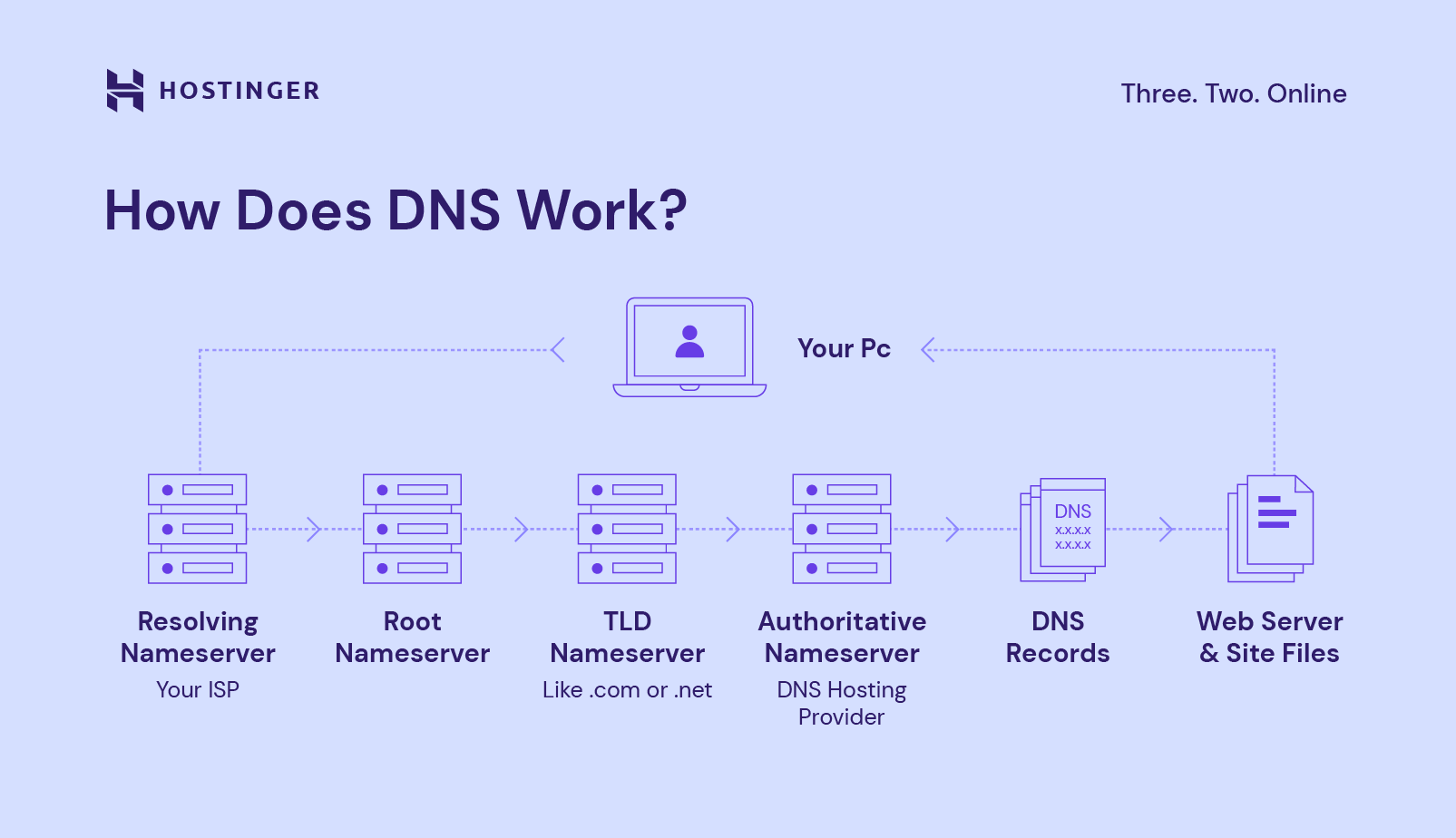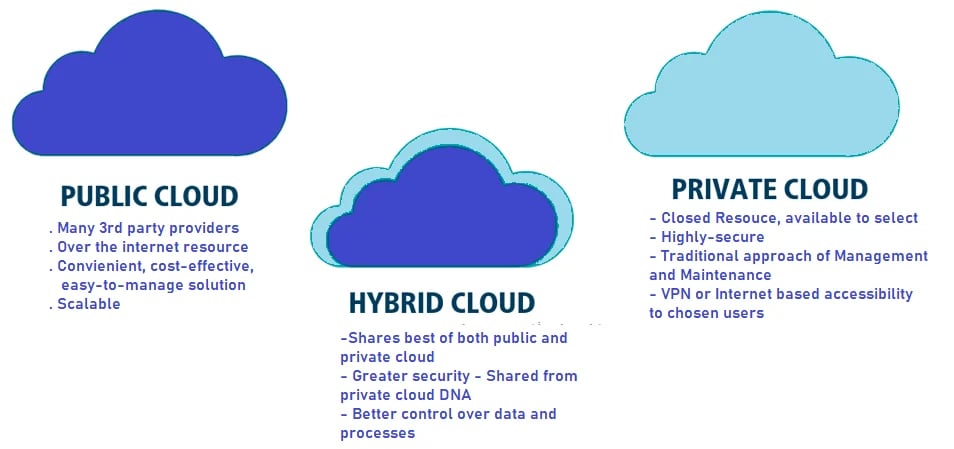What is a Nameserver and How Does it Work?

If you are a domain owner or website manager, you have likely encountered the concept of nameservers. These servers play an essential role in directing internet traffic.
But what exactly is a nameserver, and what functions does Web Host Australia serve?
In simple terms, nameservers are essential for linking specific website URLs to the accurate IP address of a website’s server.
Usually, your Web Domain and Hosting provider assigns a default nameserver for your convenience. But you can also set up custom nameservers or associate your domain with nameservers provided by Web Hosting providers.
What is Nameserver: Explained
Every internet-connected device, such as PCs, phones, and servers, possesses its unique IP address – a distinct set of four numbers that enables other devices to locate it.
For instance, let’s consider the IP address 104.187.135.72, which belongs to the server hosting the XYZ website.
When you visit a website page, your browser sends an access request to the IP address of the web server you provide unless you manually enter the webserver’s IP address.
Imagine the hassle of remembering a different IP address for every website you wish to visit. It would be pretty cumbersome unless everyone possessed exceptional memory skills.
Thankfully, you can enter the website’s domain name instead because of a nameserver.
So, rather than typing 103.197.145.72 into your browser’s address bar, it is much simpler to type XYZ.com—the domain name associated with that specific IP address.
The Domain Name System (DNS) is the mechanism that enables us to use these domain names instead of IP addresses. It constitutes a global network of servers responsible for aligning domain names to IP addresses and comprises various types of machines, including Nameservers.
Nameserver refers to a directory that converts domain names into IP addresses, simplifying the process of locating resources on the Internet.
How Does a Nameserver Work?
When you search for a domain name in your browser (such as Chrome or Safari), the domain name is directed to the nameserver.
The nameserver then translates the domain name into the corresponding IP address, enabling the browser to locate the desired resource.
Once the domain name is found within the nameserver, your web browser utilizes the IP address to make a virtual connection with the server and load the requested website page.
The existence of nameservers eliminates the need for us to manually enter lengthy IP addresses into our web browsers whenever we wish to visit a website. And so, the hosting service offered by nameservers is invaluable.
Conclusion
While it is optional to be familiar with your website’s specific nameservers, having this knowledge can prove beneficial in the future.
If you register a domain and buy an affordable Website Hosting plan from the same provider, you can typically overlook the details of your nameservers without undergoing significant issues.
But, if you switch Web Hosts or register your domain separately from your hosting, it becomes essential to have access to your nameservers.
A reputable domain registrar and Web Hosting in Australia typically offers resources to assist you throughout the process.




